Australian creepy crawlies have a fearsome notoriety, yet our honey bees commonly present to a greater extent a risk. Here are the most noticeably awful.
Insects TEND TO INCITE more dread than support and even incite fears for a few. Furthermore, numerous a guest to our shores has been quite stressed over our venomous eight-legged companions.
The facts confirm that we have probably the most venomous creepy crawlies on the planet – however Australia’s arachnid notoriety is greater than its nibble: a demise in April 2016 was the nation’s initially recorded insect caused passing since 1981.
“The fact is that, from a human perspective, spiders just aren’t that dangerous” says Dr Aaron Harmer, arachnid researcher Macquarie University. “While many spiders can give you a nip, in most cases it is less troublesome than a bee sting.”
Spiders are less dangerous than bees
Arachnids are the most generally disseminated venomous animals in Australia, with an expected 10,000 species possessing an assortment of biological systems. Be that as it may, despite the fact that bugs live around us, from our urban focuses to the shrub, nibbles are inconsistent. Truth be told, bugs are less hazardous than snakes or sharks, or even honey bees.
Neutralizer for two of our increasingly perilous spiders, the channel web and the redback has been accessible since the 1950s and 1981, separately. It is possibly managed when the envenomation is extremely serious, which only happens once in a while.
Spider venom contains a mixed drink of synthetic substances, some of which can be destructive to people – yet people are not so much the proposed unfortunate casualties. Spider venom is intended for little prey and conveyed in little amounts that, while regularly deadly to small animals, can be taken care of by greater life forms. When infused to a steed, for example, creepy crawly venom triggers the creature’s resistant framework to deliver antibodies to battle the impact of the poison.
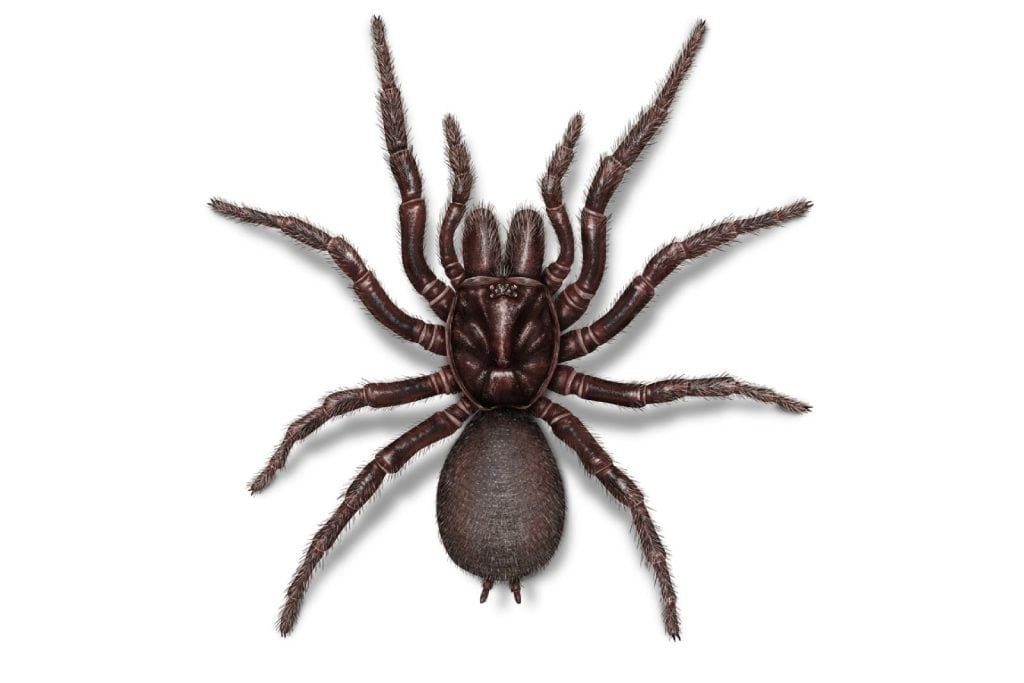
1. Sydney funnel-web (Atrax robustus)
With highly toxic venom produced in large amounts and large fangs to inject it, the Sydney funnel-web is without a doubt the deadliest spider in Australia, and possibly the world.
Found in New South Wales, in woodlands just as populated urban regions, they tunnel in moist shielded places. They can meander in lawns and now and then fall into pools, and however they’re not frequently experienced, they can be very forceful when undermined.
Despite the fact that simply 1.5-3.5cm enormous, the Sydney Funnel-web has teeth bigger than a dark colored snake’s thus incredible they can even puncture through nails and toenails. Their venom has an exacerbate that can assault the human sensory system and change the working everything being equal and, when originating from a male, can slaughter. One of every six nibbles causes an extreme response, yet since the neutralizer has been made accessible, in 1981, no fatalities have been recorded.
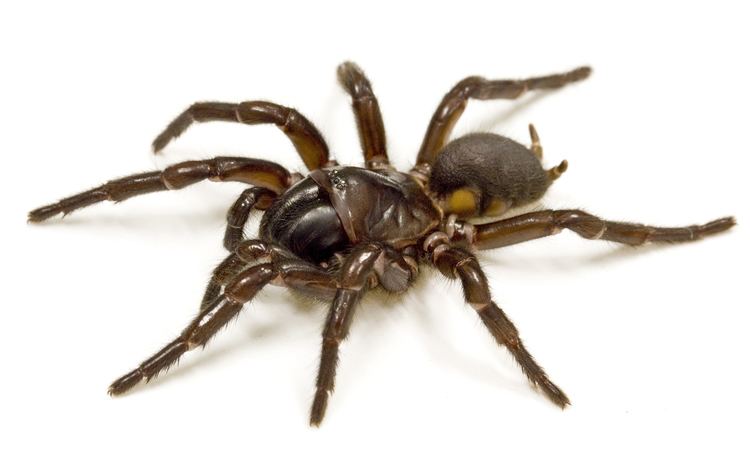
2. Other funnel-webs
There are about 40 species of funnel-web spiders in Australia, but only six have been reported to cause severe envenomation, with victims generally around southern Queensland and northern New South Wales.
The impressive northern tree funnel-web spider, Hadronyche formidabilis, (4-5 cm long) and the smaller southern tree funnel-web spider, H. cerbereaprobably count as the most dangerous ones. Half their bites result in severe envenoming.
Consistently, up to 30-40 individuals are chomped by channel web creepy crawlies. However, counter-agent is accessible and demonstrated successful. They feed on prey extending from creepy crawlies to frogs and give off an impression of being commonly progressively dynamic in the hotter months, among November and March.
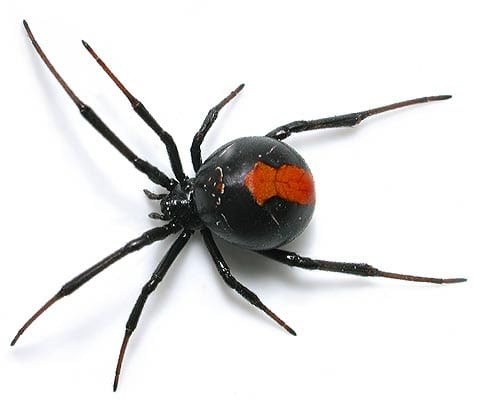
3. Redback spider (Latrodectus hasselti)
Redback spiders are found throughout Australia, in many habitats, including urban areas. They often hide in dry, sheltered places such as garden sheds, mailboxes and under toilet seats.
Quantities of redback bug nibbles are unsure, yet around 2000 are accounted for every year and around 250 individuals get antibody. No passings have been recorded since redback counter-agent got accessible during the 1950s.
Most genuine nibbles are from the female redback insect, which gauges about 1cm long (greater than guys) and is unmistakable by the outstanding red stripe on its back, from which it picks up its name. Their venom influences the sensory system, which is possibly risky for people, however their little teeth make a large number of the nibbles ineffectual. Envenomation can cause different impacts, however the principle side effect is extreme and relentless torment – which can an hours ago to days contingent upon the individual’s affectability to the venom – and may incorporate sickness, disquietude and torpidity.
Cupboard spiders (Steatoda sp.) are often mistaken for redbacks and they produce similar symptoms, though their venom is less potent. Redback venom is effective against these bites.
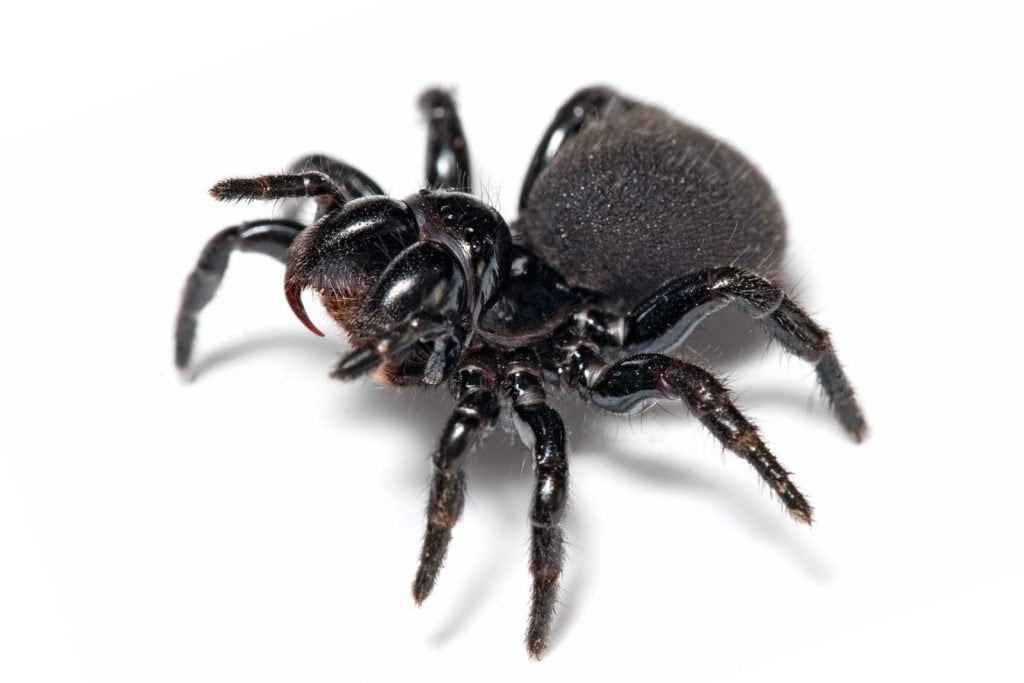
4. Mouse spider (Missulena sp.)
There are eight species of mouse spiders found all across Australia and they’re typically found in burrows, often near rivers or waterways, and can occasionally be found in suburban areas.
Their venom is like the funnel web creepy spiders, albeit no deaths have been credited to them; just one instance of serious envenomation has been recorded. Studies have indicated the Funnel-web spider counter-agent to be compelling for mouse arachnid envenomation; and in light of the fact that it is once in a while hard to distinguish the two species, the chomps ought to be treated with a similar safety measure.
Mouse spiders are fairly torpid and once in a while forceful. The females for the most part stay in their tunnel, while the males meander searching for them, by and large in pre-fall to late-fall. In contrast to different insects, mouse spiders are regularly active during the daytime, while different species from a similar family like to wonder around evening time to dodge the warmth and the day-dynamic predators.
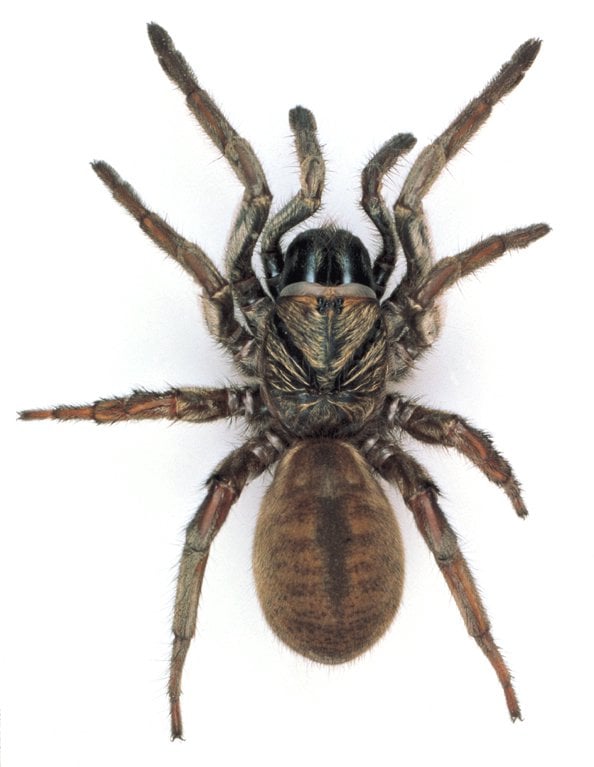
5. Trap door spiders (Idiopidae family)
These spiders are named after their habit of camouflaging the entrance of their burrow to trick their prey into falling inside. They measure about 1.5 to 3cm long and as is often the case, females are distinctively larger than males but males tend to be more aggressive when feeling threatened.
Found all through Australia’s common or urban conditions, Trap Door Spiders cause just minor indications for people, for the most part delivering just limited torment, yet now and then sickness, laziness and disquietude.
Much the same as the Mouse Spiders, Trap Door Spiders are frequently confused with Funnel-Web Spiders, particularly since the early impacts of their chomps are comparative; these creepy crawlies ought to in this manner be treated with alert. While most creepy crawlies live for around one year, Trap Door Spiders can live somewhere in the range of five and 20 years.
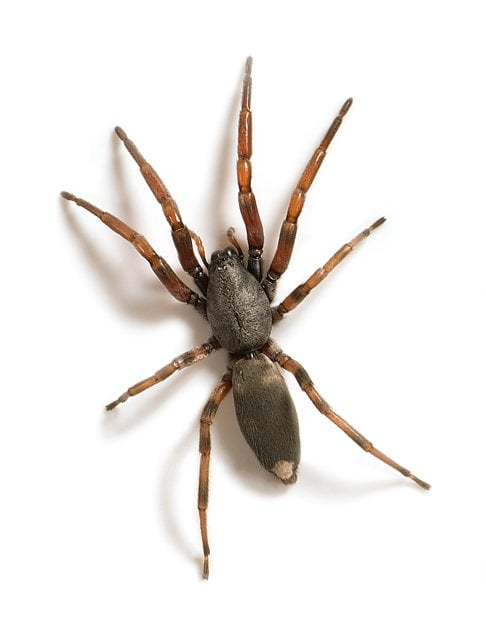
6. White-tailed spiders (Lampona cylindrata and L. murina)
Lampona Cylindrata is found in natural and urban areas across Southern Australia, from South Queensland to Tasmania and from east to west coast, and Lampona Murina in eastern Australia. Unlike Burrowing Spiders, White-Tailed Spiders are vagrant hunters and wander about at night, hunting other spiders.
Though White-Tailed Spiders have a reputation for releasing necrotising (flesh-eating) venom, the scientific evidence doesn’t support this assertion.
More likely, the spiders were wrongly held to blame for difficult to diagnose skin ulcers. Recent studies have shown the venom causes no major danger to humans and is limited to mild local pain.
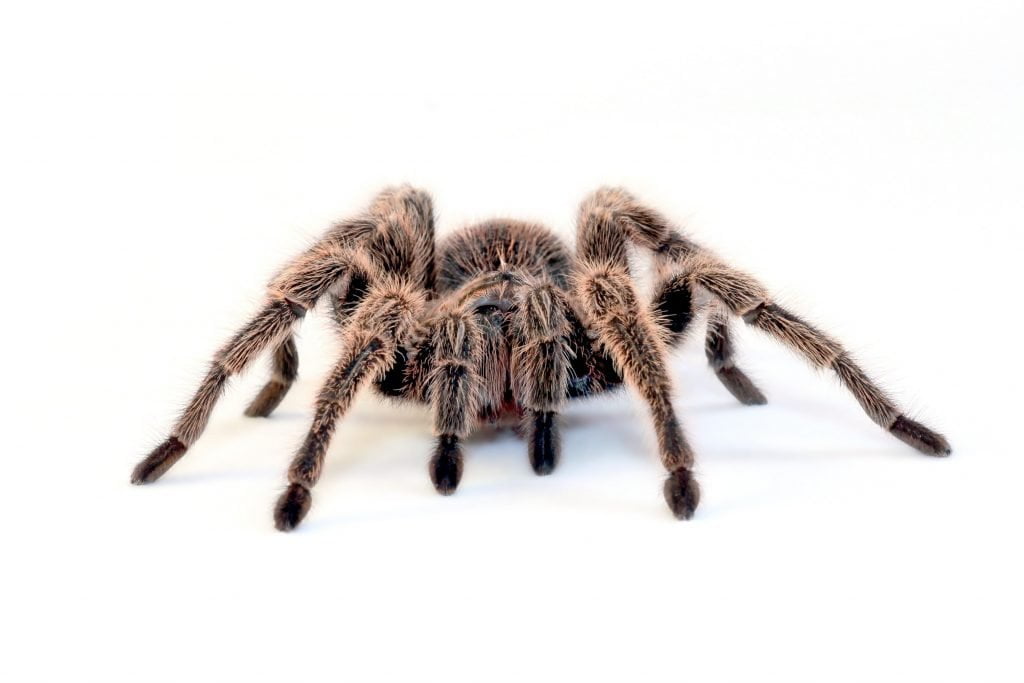
7. Australian tarantulas
Australia has its own native tarantulas, though they’re also known as whistling or barking spiders because of the sounds some species can produce by rubbing their front limbs against their jaws. They are also called bird-eating spiders, although it is rarely justifiable. These spiders mostly feed on insects, including other spiders, lizards and frogs and would occasionally prey on bird hatchlings.
Four genera, Selenocosmia, Selenotholus, Selenotypus, and Phlogiellus are generally found throughout the country. Only six species have been officially identified, though it’s likely many more exists. Despite their intimidating large size and hairy legs, (6cm body and up to 16cm legspan) tarantulas aren’t fatal to humans; they can render painful bites because of their large fangs (1cm long), but severe effects (nausea, vomiting, fever) are rare. They can, however, kill dogs. Females live for about 12 years and males about five.

8. Recluse spider (Loxosceles reclusa)
Also known as a fiddleback spider, the recluse spider has potentially dangerous venom that can be haemotoxic, damaging the blood and skin as well. Alarming emails have circulated about this spider inflicting terrible damage to human tissue but this was only a hoax meant to scare people.
In 20 years that fiddleback spiders been known to exist in Australia, their range hasn’t increased and not a single envenomation case has been reported here, so despite the myth, this spider can hardly be considered dangerous in Australia – though they are a major cause of serious bites in South America. Moreover, they are known to only have tiny fangs to inject their venom and are not inclined to bite.
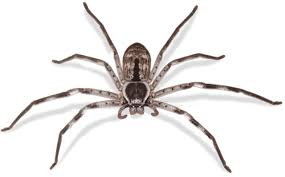
9. Huntsman spiders (Sparassidae family)
Huntsman spiders are widespread in Australia. They are famous for being the bit (up to 15cm leg-span) scary, hairy, black spiders bolting out from behind the curtains. In reality, they are reluctant to bite and more likely to run away when approached and their venom isn’t considered dangerous for humans.
Their danger comes more from causing accidents by the terrified drivers who react to a huntsman jumping out from behind the sun visor or dashboard of a car when it’s in motion. Despite their intimidating size, huntsman spiders can be an ally in the house; they help with pest-control by eating smaller insects.
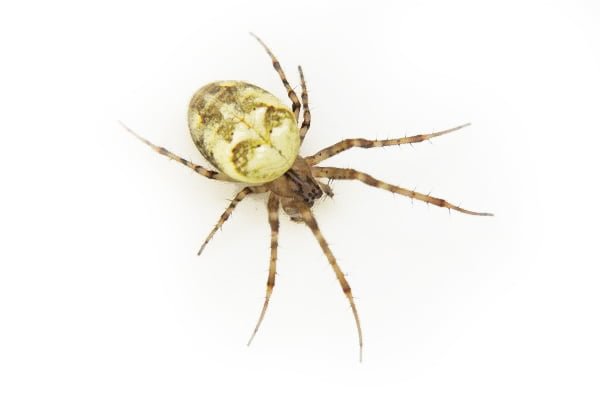
10. Common garden orb weaver spider (Eriophora sp)
As the name suggests, common garden orb weave spiders are a typical sight around Australia. Their bites have only minor effects, such as some local pain, but they are aggressive: they’re the most common spider species to bite.
They measure between 1.5cm and 3cm and live in all the gardens, generally weaving webs between trees, on hedges or washing lines, in places where other insects are likely to fly and get caught in the sticky threads. Active at night, they hide during the day and rest with their legs withdrawn under the body, hanging off a thread under a leaf or in the clothes hanging from the line.



